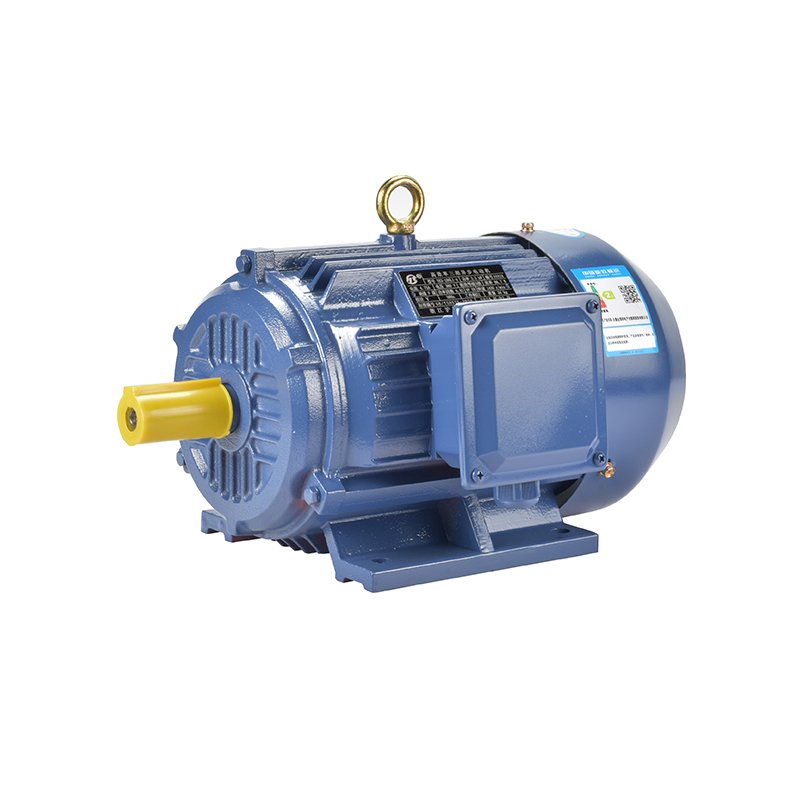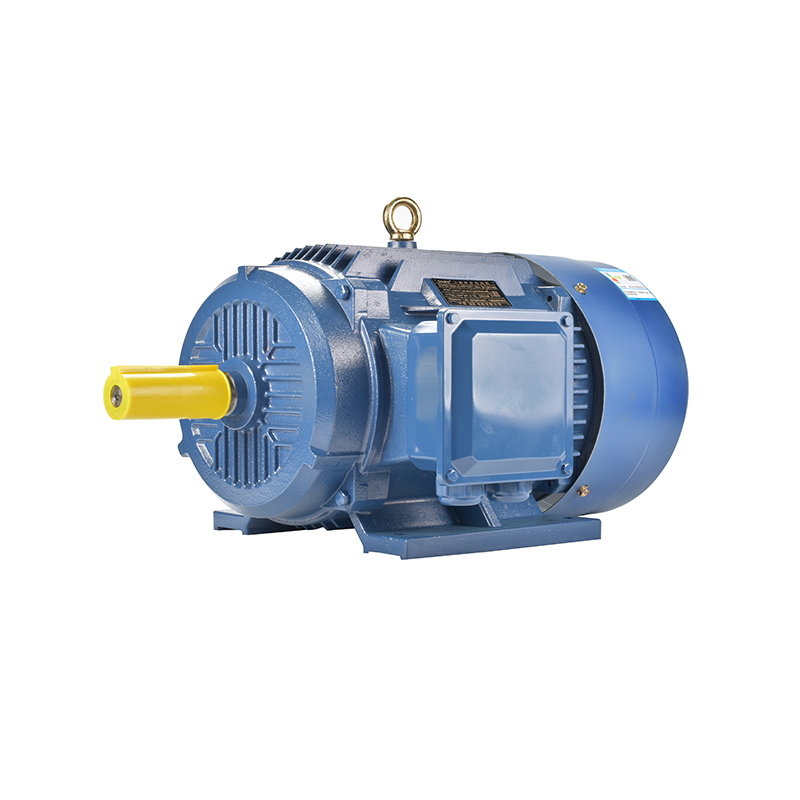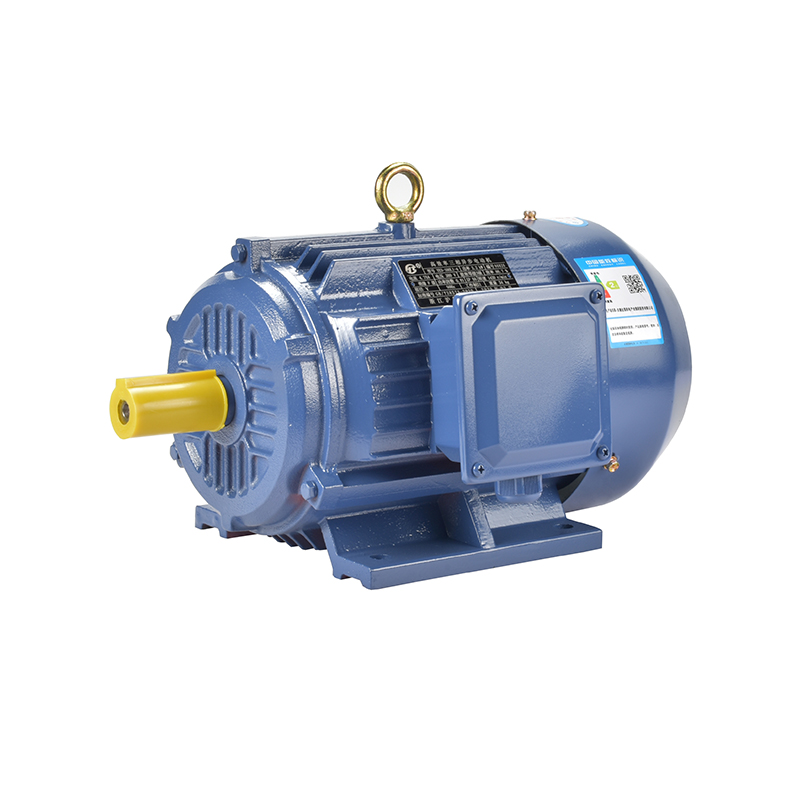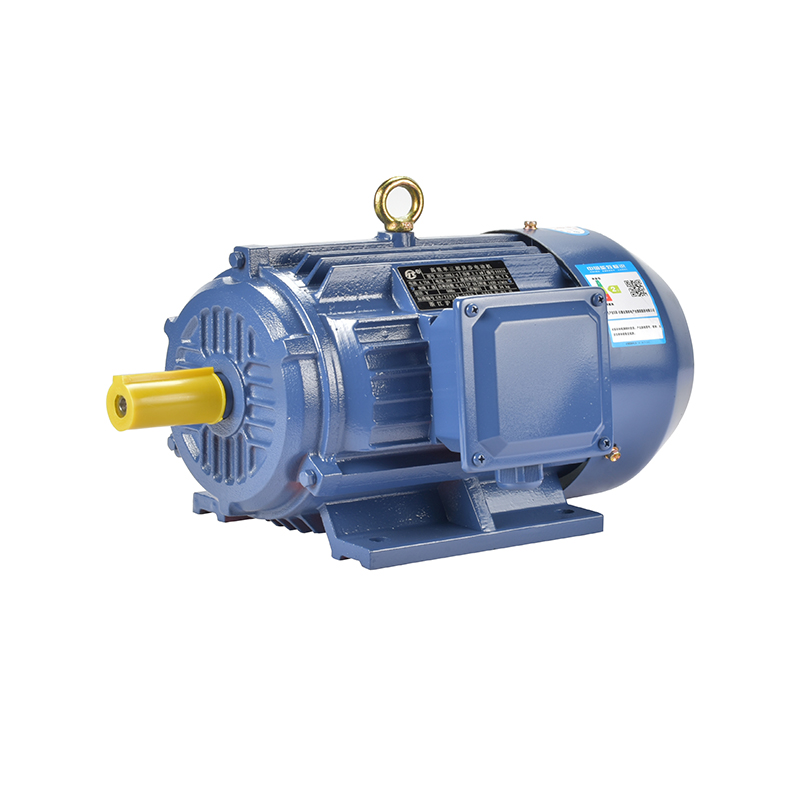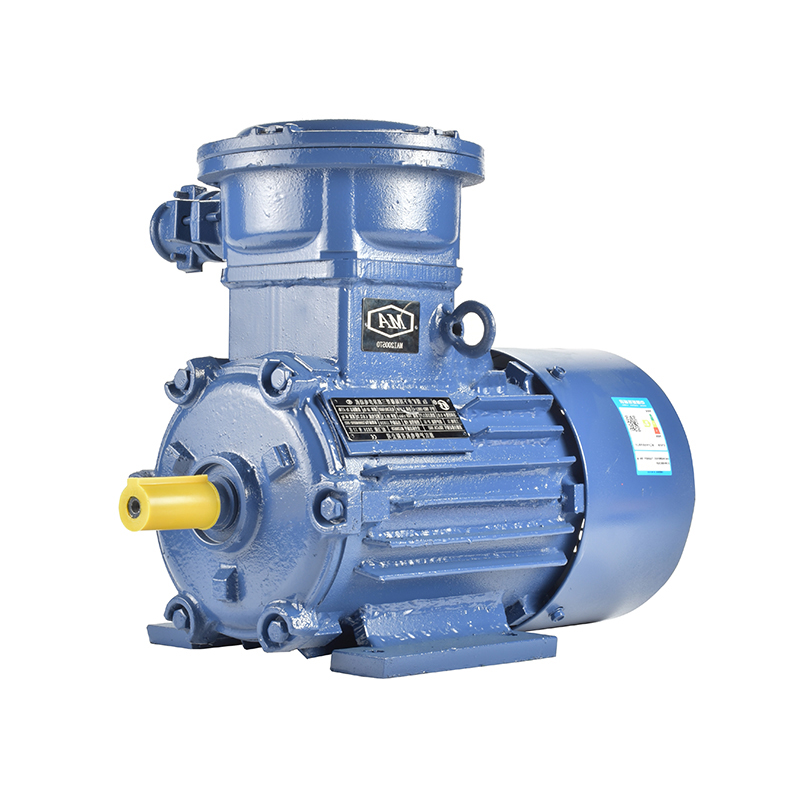Key Factors In Ensuring Motor Manufacturing Precision
Manufacturing precision in electric motors is a critical aspect that directly affects performance, durability, and efficiency. Whether dealing with high power electric motors, saving motor designs, or motor AC permanent magnet types, precision in production ensures that these devices meet operational requirements consistently. Understanding the key factors that influence manufacturing precision can help improve the quality and reliability of motors across a variety of applications.

One fundamental factor in achieving manufacturing precision is material quality. Using high-grade materials for components such as stators, rotors, and windings reduces variability during production and helps maintain tight tolerances. For example, in high power electric motors, the integrity of the laminations and magnetic materials is crucial because any deviation can cause inefficiencies, increased heat generation, or mechanical imbalance. The same applies to saving motor designs, where efficiency is a major selling point; material inconsistencies can undermine the goal of reducing energy consumption.
Another important aspect is the precision in the machining process. Motor parts require exact dimensions, especially in components like shafts, bearing housings, and slots for winding. Advanced CNC machining and automated production lines are commonly used to maintain accuracy. This is particularly important for motor AC permanent magnet types, where the placement of magnets and the rotor structure must be precisely controlled to achieve the desired magnetic flux and torque characteristics. Even minor errors in machining can result in uneven magnetic fields, causing vibration, noise, or decreased performance.
Winding processes also demand a high level of precision. The way coils are wound and insulated affects not only the electrical characteristics of the motor but also its thermal behavior. Precise tension control during winding and uniform insulation thickness are necessary to avoid hotspots and premature motor failure. In saving motors, which often aim for enhanced energy efficiency, even small deviations in winding accuracy can advance to performance drops or increased power losses. Techniques such as automated winding machines and thorough inspection protocols help maintain consistency in this area.
Assembly and alignment play a critical role in ensuring motor precision. For high power electric motors, balancing the rotor assembly is essential to avoid excessive vibration and mechanical wear during operation. Alignment of the rotor within the stator must be precise to maintain uniform air gaps, which directly influence motor efficiency and noise levels. In motor AC permanent magnet designs, correct magnet positioning is vital for good operation. Skilled technicians and precise jigs or fixtures are often used during assembly to ensure components fit ideally, reducing the chance of mechanical faults.
Thermal management is another factor indirectly related to manufacturing precision. Components must be assembled in a way that allows effective heat dissipation to prolong motor life. Precision in fitting cooling ducts, heat sinks, and fan attachments affects how well a motor can handle operational heat loads. For saving motors, where energy efficiency often correlates with reduced heat generation, ensuring precise assembly can make a noticeable difference in performance and longevity.
Quality control throughout the manufacturing process is essential. Measurements using coordinate measuring machines (CMM), laser scanning, and other advanced inspection tools help detect deviations early. For example, checking the exact dimensions of the stator slots or verifying the magnet placement in motor AC permanent magnet types can prevent assembly errors that are difficult to fix later. Testing the electrical parameters after assembly also verifies that winding and insulation meet specifications. In high power electric motors, where tolerances can be tight due to the motor’s critical role in industrial applications, these controls reduce the risk of failure in the field.
Finally, continuous process improvement based on feedback is a practical factor in ensuring manufacturing precision. Data collected from production lines and field performance can identify trends or recurring issues. Adjusting machining parameters, updating assembly procedures, or adopting new materials are steps manufacturers take to enhance precision over time. For saving motors, where technological improvements in design and materials happen frequently, this continuous refinement is necessary to keep products efficient and reliable.
In conclusion, manufacturing precision in electric motors depends on several key factors including material quality, machining accuracy, winding control, precise assembly, thermal management, and rigorous quality control. Whether producing high power electric motors for industrial use, energy-saving motors, or motor AC permanent magnet types, attention to detail in every step of production ensures that motors perform reliably and meet efficiency goals. Maintaining precision is not only about meeting design specifications but also about providing products that can sustain long-term operation with consistent quality.
-
Feedback



 English
English русский
русский Español
Español عربى
عربى

